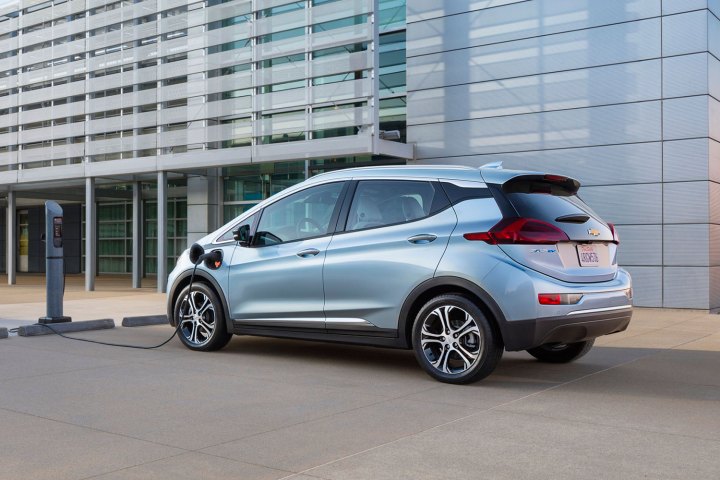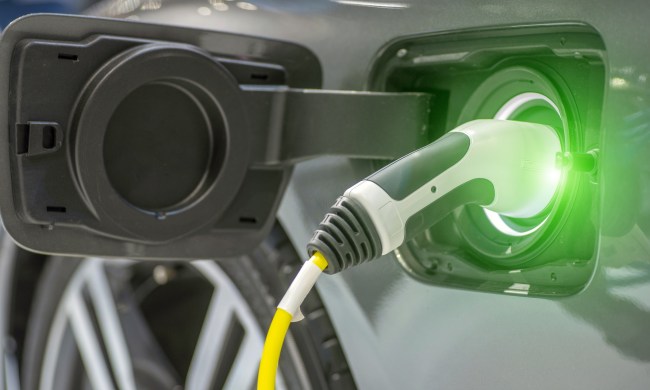
Regulatory action is needed to clear the way for driverless cars, including modifying current equipment requirements that make it impractical to sell driverless cars at lower prices. The standard to follow, according to a report issued by SAFE, is for autonomous vehicles to be cleared for commercial production and use on the roads “once they are as safe as today’s cars.”
The National Highway Traffic Safety Administration said in January that it would have regulation guidelines for states and manufacturers by July. SAFE, however, wants federal decision-makers to set the regulations and override any standards set by individual states.
Because of concerns about liability issues with autonomous vehicles, SAFE seeks the establishment of a federal program to address liability and compensation in order to clear the way for faster adoption. It also wants a U.S. Department of Transportstion office and a White House working group to coordinate and provide guidance and oversight to driverless vehicle deployment with the goal of speeding it up.
SAFE has stated that adoption of electric-powered vehicles is taking too long and the group is pushing for changes in tax incentives as an answer. SAFE advocates a plan that limits incentives for cars that cost more than $40,000, gets rid of them altogether for cars costing more than $55,000, and speeds up the incentive program phase-out. SAFE believes, however, that providing incentives for lower price point electric vehicles will speed up their adoption. SAFE president and CEO Robbie Diamond said, “Clearly, electric cars aren’t moving fast enough into the marketplace.”
SAFE has a record of success, getting the George W. Bush administration to increase fuel economy for the first time in 20 years in 2007.



